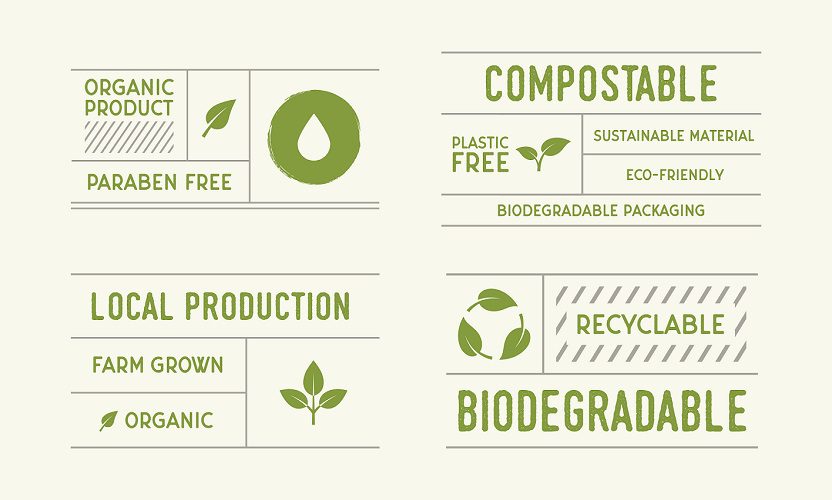Restaurants are adopting sustainable measures such as partnering with local farmers, using ethically produced animal products, reducing waste, and implementing water conservation and energy-efficient measures to preserve the environment and reduce their carbon footprint. Such practices save money on waste disposal costs and lower energy bills, and dining establishments that embrace eco-friendly practices can lead the way in promoting sustainable living for future generations.
Sustainable Dining: How Restaurants are Embracing Eco-Friendly Practices
Introduction
Dining out is a popular pastime for many people around the world. With the rise of environmental awareness, restaurants are now taking steps to reduce their carbon footprint and embrace sustainable practices. From using local and seasonal produce to reducing waste and energy usage, many eateries are leading the way in eco-friendly dining. In this news piece, we will explore the ways in which restaurants are implementing sustainable practices, and the benefits they offer to the environment and to diners.
Local and Ethical Farming
One of the most prominent movements in sustainable dining is the emphasis on local and ethical farming. Many restaurants are partnering with local farmers to source their produce, which reduces the carbon emissions associated with transportation and supports the local economy. Additionally, many chefs are using ethically produced animal products, such as free-range eggs and grass-fed beef, which promotes more humane and sustainable farming practices.
Reducing Waste
Another major concern for eco-friendly restaurants is waste reduction. Many eateries are now composting food scraps, using reusable or biodegradable food containers, and implementing water conservation measures. By reducing waste, restaurants are not only helping to preserve the environment but are also saving money on waste disposal costs.
Energy Efficiency
Reducing energy usage is another central aspect of sustainable dining. Many restaurants are using energy-efficient appliances and lighting, installing low-flow faucets and toilets, and utilizing renewable energy sources such as solar panels. These measures not only reduce carbon emissions but also help lower energy bills.
Conclusion
Overall, it is clear that sustainable dining is not just a trend but a necessary step in preserving the environment for future generations. By embracing eco-friendly practices, restaurants have a unique opportunity to lead the way in promoting sustainable living. From farm-to-table concepts to waste reduction initiatives and energy-efficient measures, eateries around the world are doing their part to create a more sustainable future.
